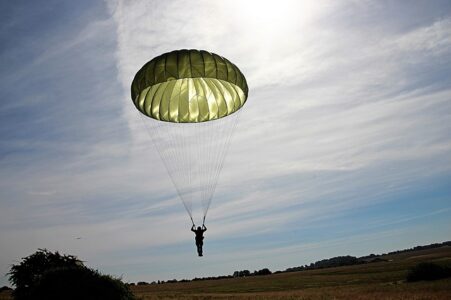ZAPAD 2021
Context:
CURTAIN RAISER INDIAN ARMY TO PARTICIPATE IN MULTI-LATERAL EXERCISE ZAPAD 2021 IN RUSSIA
Contents
Key Highlights ZAPAD 2021:
- A 200 personnel contingent of Indian Army will participate in a two-week multi-nation military exercise named Exercise ZAPAD 2021, the exercise being held at Nizhniy, Russia
- ZAPAD 2021 is a 13-day exercise and will starts on 03 August and end on 16 September. 2021.
- ZAPAD 2021 is one of the theatre level exercises of Russian Armed Forces and will focus primarily on operations against terrorists.
- Over a dozen countries from Eurasian and South Asian Region will participate in this signature event.
- The NAGA Battalion group participating in the exercise will feature an all Arms combined task force.
- The exercise aims to enhance military and strategic ties amongst the participating nations while they plan & execute this exercise.
- The Indian Contingent has been put through a strenuous training schedule which encompasses all facets of conventional operations including mechanised, airborne & heliborne, counter terrorism, combat conditioning and firing.
- China and Pakistan are also expected to take part in the exercise as observers
Why is military exercise required?
- Military exercise has become an imperative part of the armed forces all around the world. They serve many purposes like:
- It trains soldiers in how to act, how to think, and how to work together in times of conflict.
- The military exercise is a method to showcase the power and might to other countries of the world.
- It also improves the coordination as well as cooperation among friendly militaries of the world.
- It provides an opportunity to test the precision of weapons and devices.
- Training for Natural Disasters and Humanitarian Relief.
Military Exercises are classified into the following types:
- Bilateral Exercise
- Multilateral Exercise
- Domestic Exercise
Advantage for India
- India has realised the potential of joint military exercises as part of military diplomacy. In the last decade or so, India has undertaken army joint exercises with 18 countries, naval exercises with 14 countries and air force exercises with eight countries.
- The objectives for joint military exercises are different, it ranges from inter-operability to demonstration of capabilities, developing trust, comradery and familiarity between militaries.
- The location of exercises in itself is an indication of deep engagement and trust with the partners. The naval exercises between India, Japan and the US in the Sea of Japan obviously is a signal directed to China.
- These exercises also act as a platform to assess weapons, equipment and a display of technology that can be made available to allies.
- Such exercises are also seen as an assurance that a critical supply of spares and accessories will be guaranteed during a possible conflict.
- However, there is also a criticism against holding war games with one expert stating that they are of a simple basic variety which doesn’t provide any value addition to the Indian force.
- Moreover, the joint exercises are periodical in nature while the crew and the platforms that participate are rarely the same. This brings in the aspect of continuity and its benefits. With a new crew every time, the earlier lessons have often got to be re-learnt from scratch.
- There is still plenty of room for improvement for India in this area. The defence diplomacy of India is still not in complete sync with its foreign policy. It has not been used as a tool to fulfil our foreign policy objectives.
- India needs to understand as once said by John F Kennedy, “Diplomacy and defence are not substitutes for one another, either alone would fail”. India needs to understand this philosophy as the present age of smart power. To be the major player in the world India will have to combine its hard power and soft power into effective strategies to achieve the best results.
Source: The Hindu
You can find many articles on SECURITY (part of GS III) in our website. Go through these articles share with your friends and post your views in comment section.
Also Read
Discover more from Simplified UPSC
Subscribe to get the latest posts sent to your email.



